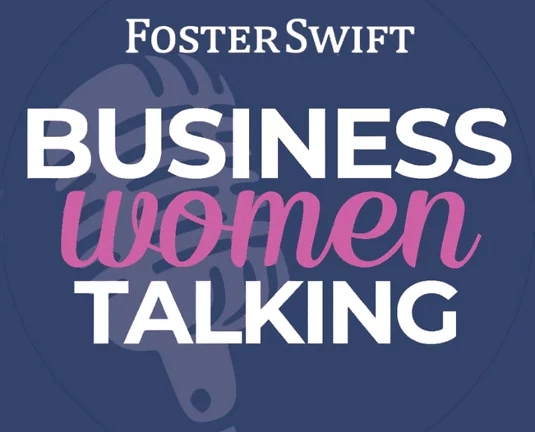New Hardship Distribution Rules Take Effect in 2019
A. Summary of the New Rules
The Bipartisan Budget Act of 2018 ("Act") includes three provisions that expand the availability of hardship distributions under a qualified retirement plan, each of which is described below.
- The Act expands the types of funds that can be distributed in the event of a hardship distribution to include qualified matching contributions (QMACs), qualified non-elective contributions (QNECs), 401(k) safe harbor plan contributions, and earnings (including post-1988 earnings on elective deferrals).
- The Act eliminates the requirement that a participant must first obtain all available plan loans before taking a hardship distribution.
- The Act directs the IRS to amend its 401(k) regulations to eliminate the 6-month suspension period for making 401(k) contributions following a safe harbor hardship distribution.
The Act indicates that each of the above changes shall apply to plan years beginning on or after January 1, 2019. The IRS has not yet issued the amended regulations that are required under item 3. above. The Act directs the IRS to issue such regulations on or before February 9, 2019.
B. Unanswered Questions
There are several unanswered questions regarding these changes that are anticipated to be addressed in the IRS guidance, including the following:
- whether a plan that wants to continue to use the safe harbor hardship distribution provisions needs to adopt certain changes;
- whether the IRS will provide transition relief to permit safe harbor hardship plans to eliminate the 6-month suspension period for only new distributions that are initiated on or after the effective date of the provision; and
- whether any of these changes will extend to 403(b) plans.
C. Conclusion
A plan sponsor can implement these changes operationally as of the first day of the plan year that begins on or after January 1, 2019 (the "2019 Plan Year"). If it takes that approach, then it must adopt a formal plan amendment to that effect not later than the last day of the 2019 Plan Year. If any of the changes are included on a Required Amendments List, then plan sponsors will have a two-year period within which to adopt an amendment.
Until the IRS issues additional guidance, plan sponsors should exercise caution in adopting formal plan amendments to address these changes.
If you have any questions about these changes, please contact a Foster Swift employee benefits attorney.




